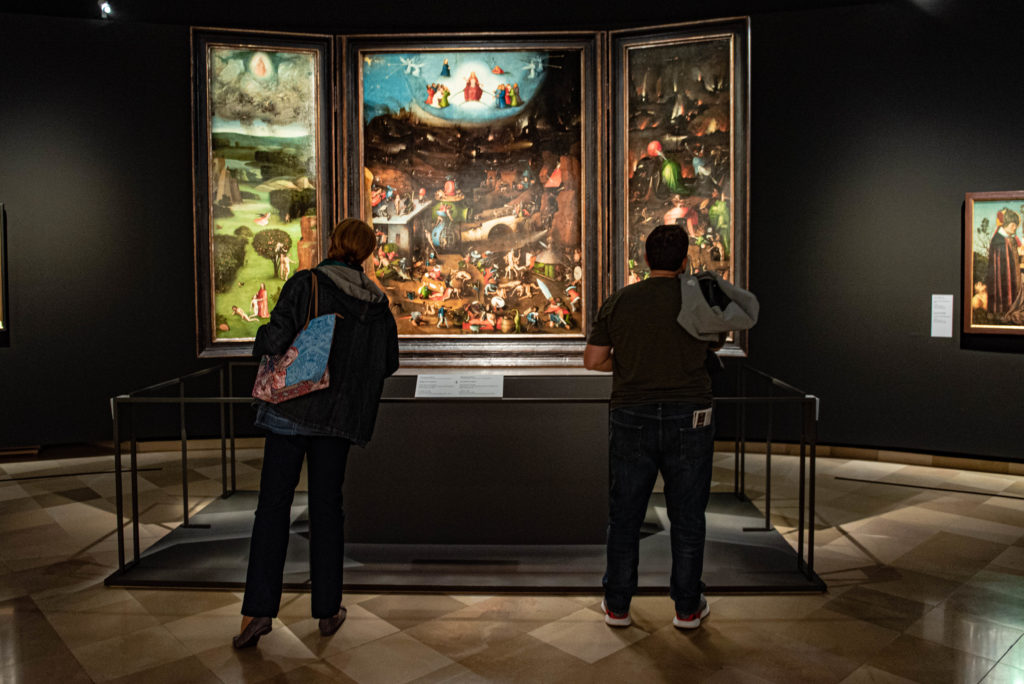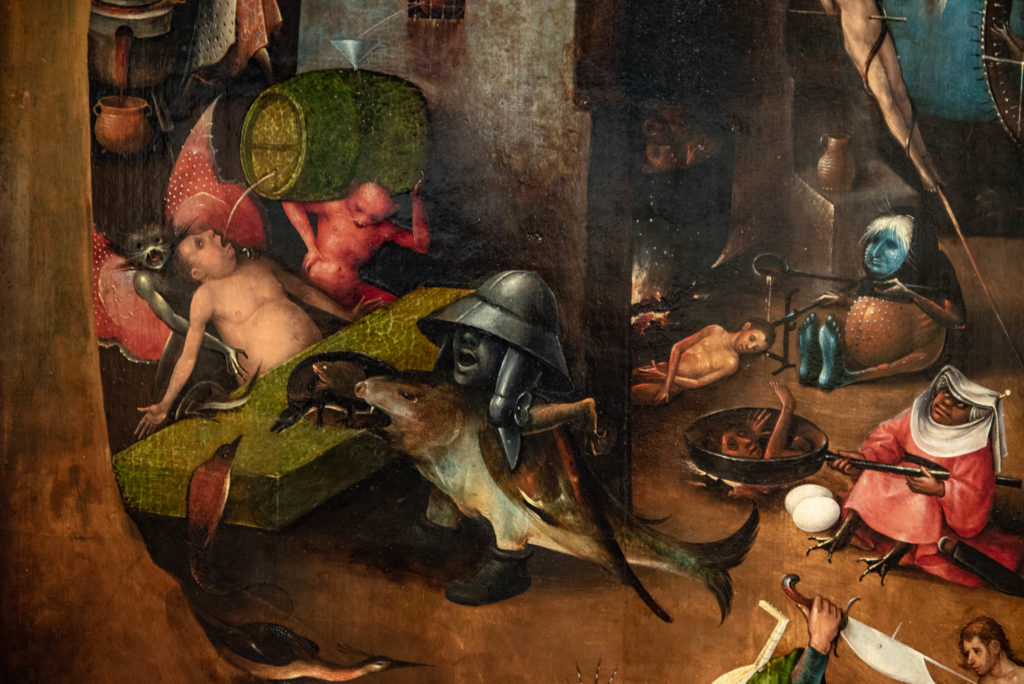
Last Friday, the streets of Vienna were thronged with children. Children chanting. Children forsaking meat, cars, planes and even school. Children demanding action in fighting climate change. It was, in relation to population, one of the biggest turn-outs of the Fridays For Future-movement worldwide. And yet, despite the looming climate catastrophe, the children remain unheard. Is all hope is lost?
500 years ago already, the Dutch painter Hieronymus Bosch wondered whether humankind, immoral and sinful, was beyond redemption. Catering to the illiterate medieval society, he depicted the horrors of the punishments of the mortal sins in hitherto unmatched creativity, in horrific perversion and brutality: A toad in a nun’s habit frying the gluttonous sinners nicely chopped up in a pan. Naked sinners of lust impaled on a bare tree, one guilty of wrath getting his head blown off by a grenade fired from a bizarre engine of war.

The Last Judgement Triptych, from which the above mentioned scenes are taken, is one of the world’s outstanding masterpieces in late medieval art and the uncontested high light of the Paintings Gallery of the Academy for Fine arts in Vienna. (Where a hundred years ago, Egon Schiele studied, to name but its most famous student.) One of Bosch’s most important oeuvres, the Last Judgment Triptychon disappeared after its creation around 1500 in the Netherlands, but re-surfaced in a Habsburg collection in the 17th century. The notoriously catholic Austrian Habsburg dynasty was one of Bosch’s major commissioners.

Bosch was a religious man, a devotee to the Virgin Mary deeply anchored in the catholic doctrine. He designed his paintings after the altar pieces of the catholic churches: three connected tables that could be read like a story, from left to right. The Last Judgement starts with the expulsion from Paradise on the left wing, then on the center piece, zooms in on torments of the sinners, where cyborgs, demons and other hybrid monsters have their way with the sorry souls, and ends, on the right wing, in burning hell.
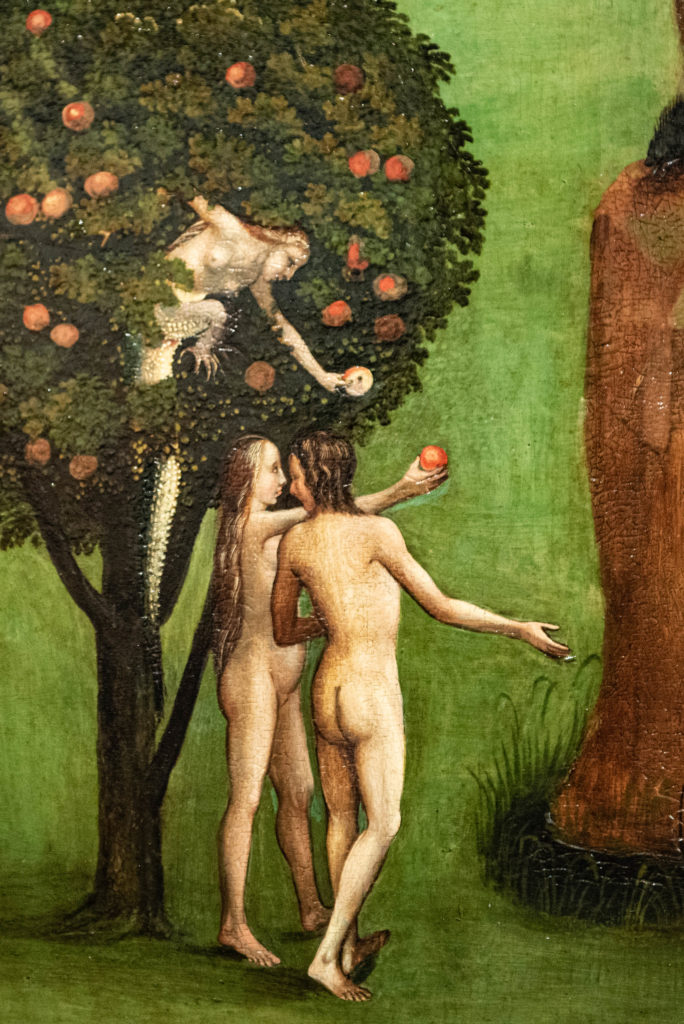
Among art lovers, Hieronymus Bosch is considered a masterful painter of landscapes. On the Triptychon the meadows and trees on the left panel are rendered in impeccable beauty, teeming with colorful birds. But the charming fields turn into barren land, wastelands and dumps on the center piece, and into burning fields on the right panel. The bright cerulean skies of Paradise turn black in the smoke pillars rising from hell’s fires: This is the destruction of nature, literally, by the hands of humanity. The Last Judgement Triptychon remains topical to the present day. A medieval Sunday for Future.
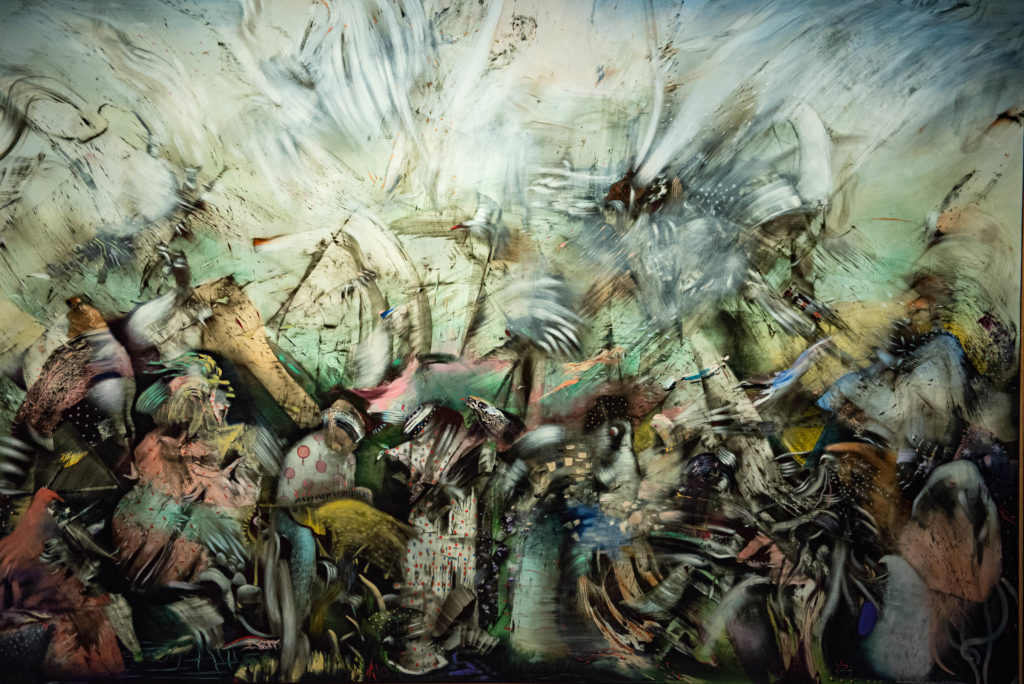
However, Bosch, who sported a tonsure, defined the root of all evil not in corporate greed, but in the moral failing of the individual. Lust makes all men untrustworthy was a popular proverb around 1500. Accordingly, it was any sex that didn’t serve the purpose of procreation that caused of human downfall. (Like a thornbush out of your ass, keep an arrow in your head, to save one in your heart, was another popular saying of time, which must have given Bosch some ideas.) But then world was more spiritual back then, and art more allegorical than it is nowadays. What seems like insane perversion in the 20th century, must have made complete sense in the 15th.
On an even sourer note Bosch didn’t stop at scapegoating beautiful women and homosexual men. Jews (wearers of the obligatory yellow badges in medieval Europe), Africans and Muslims alike were responsible for humanity’s demise. Another radical catholic point of view that sadly finds its adherents to this day: in the rising extreme right movements of the 21st century.
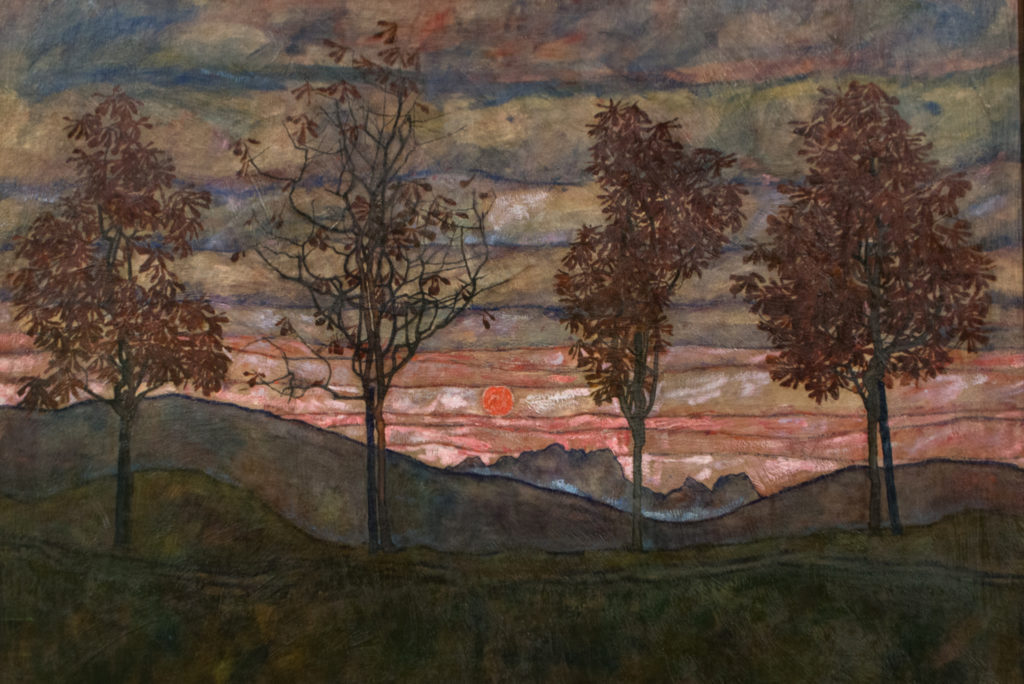
But what is the morality of the Last Judgement? A novelty in his time, Bosch did not call on Jesus and Mary for redemption. Rather, he had the holy family watching passively from the center panel as the world went to shambles. Each and every one has to make an effort, the Triptychon tells us, to not stray from the right path, on the journey of life. Evil looms everywhere.
It was the rich, the nobility and the aristocracy, whom Bosch accuses of sanctimony, guilty of the seven mortal sins, in his paintings. Another novelty in his days: wealth and high social standing would not safe anyone from hell. And so Bosch, despite his radical pessimism, despite his fatal thinking and hopelessness, opened the doors to the new world order of the Renaissance, the age of science and enlightenment.
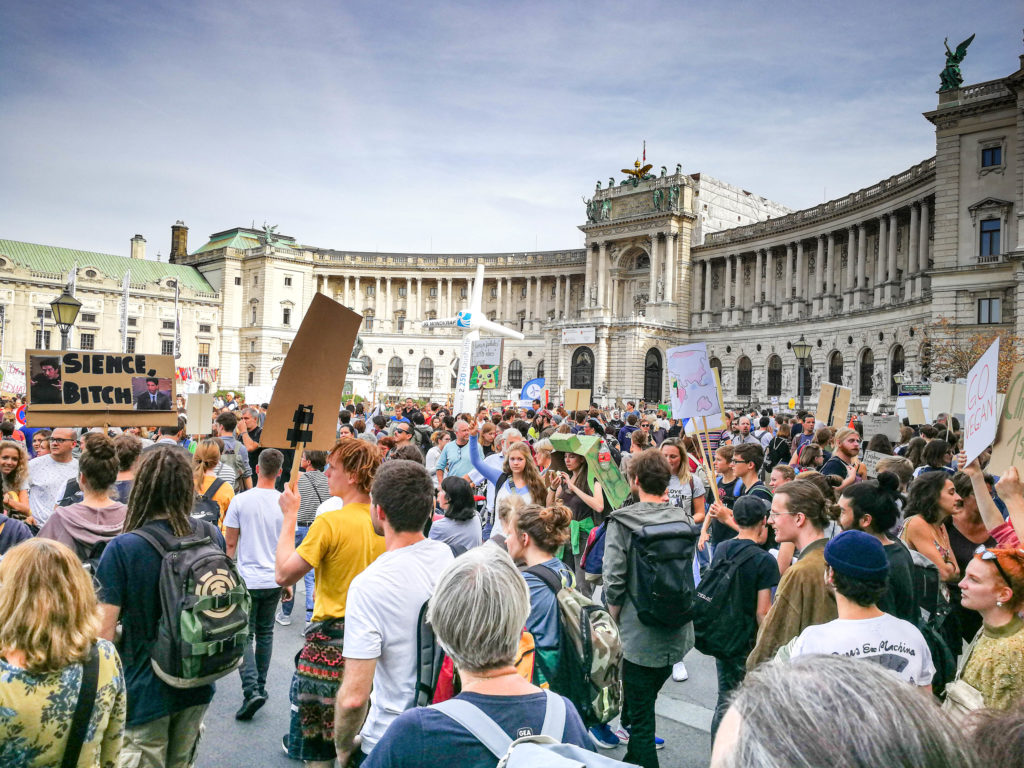
While at the general election that took place two days after the huge climate strike, the majority of Austrians still voted for right wing and neoliberal parties that favor industries over environmental protection, the Green party was pushed into parliament as the strongest Green party in the world. Not all hope is lost.
